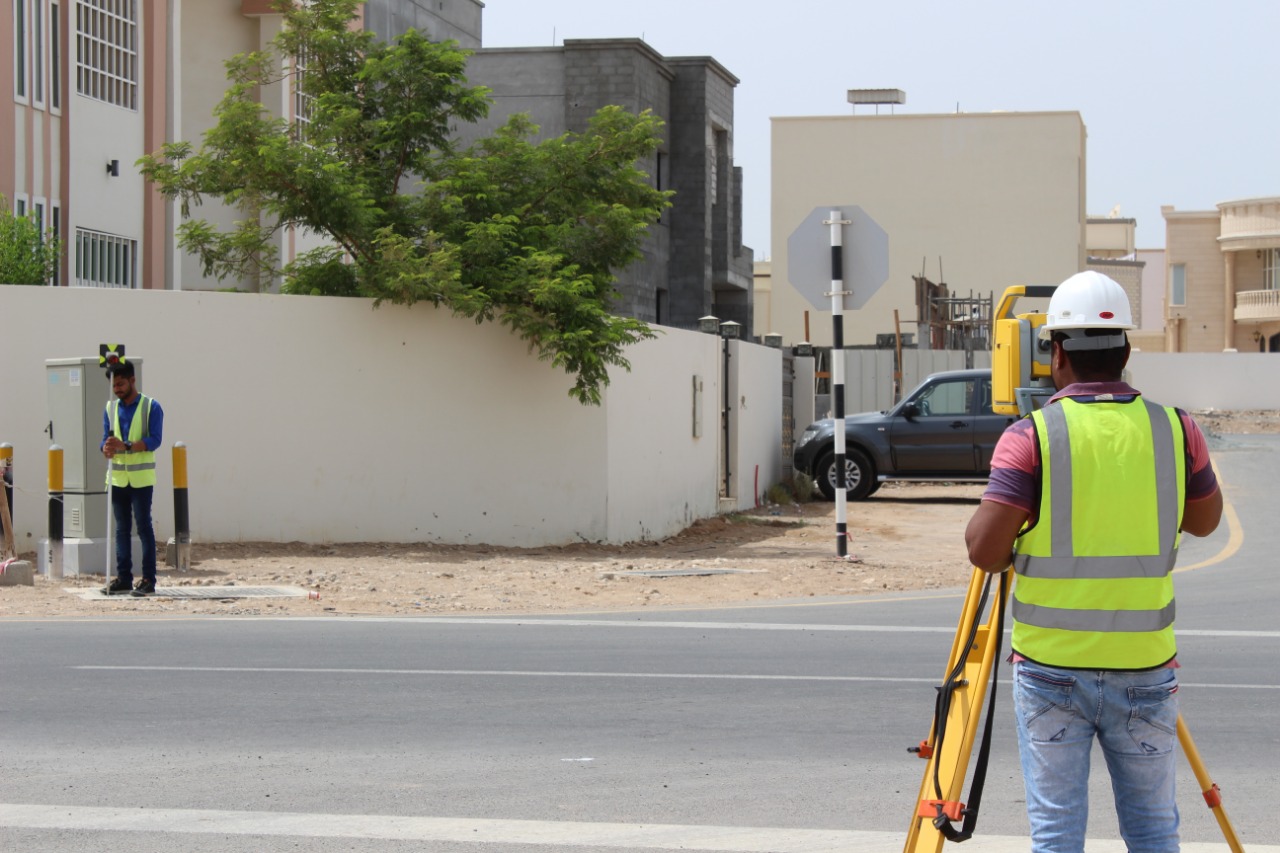
As-Built Surveys
Construction as-builts are used to show the finished condition of the work as it was actually constructed and accepted. The as-built documentation is a usual and important requirement of construction contracts, and the process requires that any change that modifies the original design be incorporated by drafting the change upon one set of contract documents earmarked just for that purpose
Unlike many land surveys, done before buildings or other improvements are added to the land or after these additions are complete, as-built surveys are utilized during the middle of a construction project. Requested by many industries, as-built show improvements to the land, as they appeared in a particular point of time. As-built surveys may be used for commercial or residential properties. Surveys are crucial tools in the construction industry from the planning stage to the actual construction and future maintenance. A construction project begins with a site plan or plot plan, laying out the plan for the project from beginning to end. This plan incorporates any conditions already imposed on a given site.
As-built surveys are conducted several times throughout the duration of a construction project. Their frequency and the number of surveys undertaken depend on the scope of the construction project. The purpose of an as-built survey is to verify to local and state boards that the construction work authorized has been completed according to the same specifications set during the planning stage and shown in the site plan. The as-built survey is most often used to show the building inspector that a project under construction is conforming to zoning regulations. As-built surveys may be required for nearly every type of land project, from roads and trails to utility improvements and building construction.
Accurate as-built is important not only as a bureaucratic measure. An as-built survey shows exactly what has been completed to date, a useful tool in adjusting the schedule of a large construction project. An as-built survey provides an important tool to manage the building as it is under construction and after it has been completed. As such, they may be requested by the project supervisor or others who are invested in the completion of this project. They may be used to document what has been completed by a specific date or work out payments to contractors, for example. Often they are used to verify the floor plan and evacuation plans, utility and cabling plans, or other subsequent steps in the building process.
Many forms of construction surveys, including some as-built, are considered civil engineering, which may require additional degrees in addition to certification as a land surveyor. Within the field of as-built surveys, there are several survey types undertaken for very specific purposes. For example, a foundation survey ensures that the foundation is constructed in the right location on the plot of land, and has been built in the manner outlined in the site plan. Once the project is under construction or after it has been finished, a Deformation Survey can determine if it is changing shape or moving over time by creating a three-dimensional image of the structure at two different points in time.
Accurate existing condition documentation has hidden benefits for both parties to a construction contract. If changes are properly drafted and referenced, as-built can allow for checks and balances against work not billed or deletions not credited.